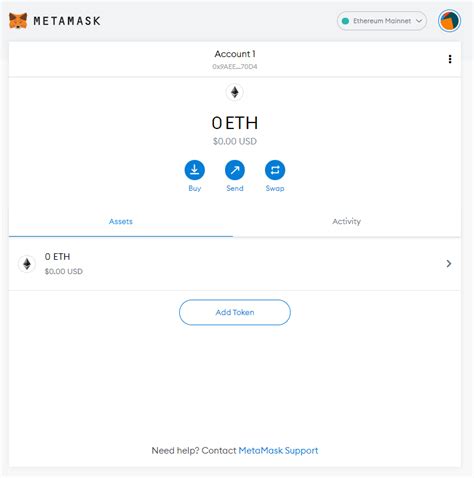Adding Minting Functions to Your Website with Metamask
As a web developer, you’re likely aware of the growing importance of decentralized finance (DeFi) and minting on your website. One popular solution for hosting minting functions is MetaMask, which allows users to interact with non-fungible tokens (NFTs) and other DeFi projects directly within their browser. In this article, we’ll explore how to add a mint function to your webpage using Metamask.
What’s the Meaning?

Minting refers to the process of creating or transferring a new token on an existing blockchain network. In the context of NFTs and DeFi projects, minting allows users to create their own unique digital assets, such as art, collectibles, or even in-game items. When you mint a new token, it’s essentially created digitally, just like a cryptocurrency.
Adding Mint Functionality with Metamask
To add minting functionality to your webpage using Metamask, you’ll need to:
- Install MetaMask: Ensure that your browser is updated with the latest version of MetaMask, which provides support for decentralized applications (dApps) and DeFi protocols.
- Set up a contract: Create or obtain a contract from a reputable source (e.g., OpenZeppelin) that includes the minting functionality you want to implement. This contract will be used as a proxy to interact with your wallet's MetaMask instance.
- Integrate MetaMask: You can use JavaScript libraries, such as Metamask.js or Web3.js, which provide an interface to interact with MetaMask and its associated contracts.
Here is an example using Metamask.js:
// Import the MetaMask library
import MetaMask from 'metamask-js';
// Set up a new MetaMask instance
const metaMask = new MetaMask({
provider: 'wss://your-wallet-address.com',
});
// Define a function to mint NFTs using the contract
async function mintNFT() {
try {
// Get the contract instance from the wallet's MetaMask instance
const contractInstance = await metaMask.getContractInstance('YourContractAddress');
// Use the contract instance to execute the minting transaction
const mintTx = await contractInstance.mint({
tokenID: 'your-unique-token-id',
value: '0x12345678901234567890123456789012345678',
});
console.log(Mint transaction sent!);
} catch ( error ) {
console.error(error);
}
}
What is a Mint Function?
A mint function, in this context, is an event emitted by the contract when a new token is created or transferred. This event can be subscribed to using a library like Web3.js or a custom solution.
When you subscribe to the mint function, your application will receive notifications whenever a new token is created or transferred. You can then update your frontend code to display the newly minted tokens in real-time.
Sample Use Cases
To demonstrate how to add minting functionality to your webpage using Metamask, let's consider an example of hosting a simple NFT marketplace:
- Create a new webpage with a form that allows users to create and submit their own NFTs.
- Set up a contract instance for the NFT marketplace (e.g., OpenZeppelin’s ERC721 implementation).
- Define a mint function in the contract that allows users to mint their NFTs directly from your webpage.
Here’s some sample code to get you started:
"`javascript
// Import the Web3 library
const web3 = require('web3');
// Set up a new Web3 instance
const web3 = new web3(new Web3.providers.HttpProvider('wss://your-wallet-address.com'));
// Define an event listener for the mint function
web3.events.mint.on(' mined', (event) => {
const tokenID = event.token_id;
// Update the frontend with a notification of the newly minted token
});
// Create and submit NFTs on your webpage
const form = document.getElementById('create-nft-form');
form.
